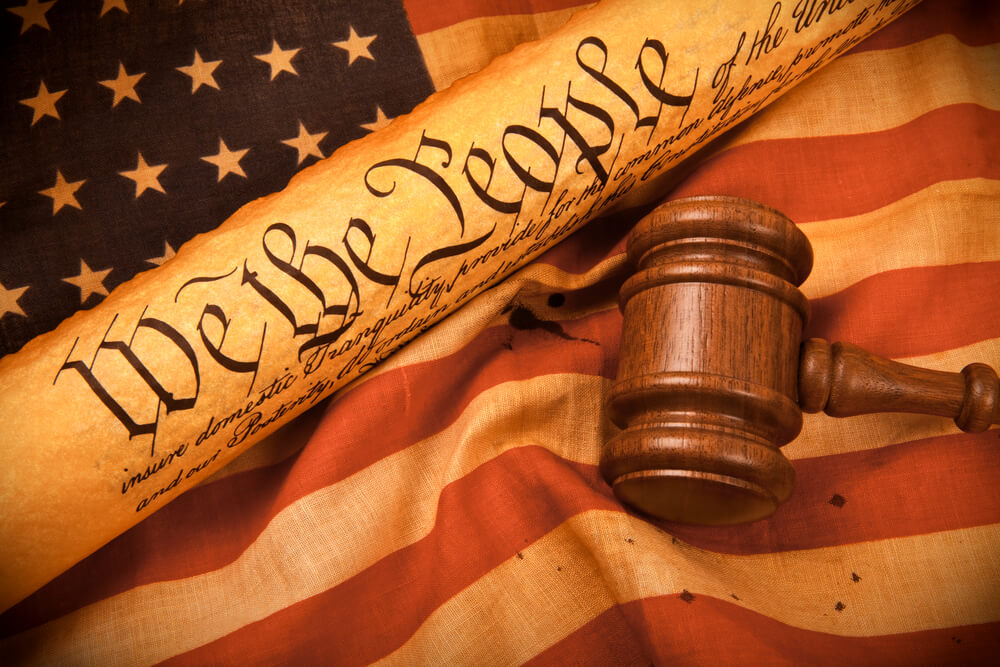The members of Congress signed the declaration of independence on August 2, 1776. The delegation constituted 56 members, among them some who missed out on the voting of the approval. They signed the delegation by State, starting from North to South, beginning with New Hampshire delegate Josiah Bartlett and ending with John Dickinson of Georgia.
However, not all delegates signed as some remained in opposition, such as John Jay, Robert Livingston and James Duane of New York and Robert Morris of Pennsylvania.
Some leaders also in opposition to the document apprehended their signatures in the sense of a unanimous Congress. These included Edward Rutledge of South Carolina, George Reed of Delaware, Robert Morris of Pennsylvania and Carter Braxton of Virginia.
The five delegates absent at the signing included Virginia Governor Patrick Henry and Generals Christopher Gadsden, James Clinton, John Sullivan and George Washington.

A month before the signing of the document on July 2, 1776, Congress had agreed to George Washington proposed resolution; “Resolved: That these United Colonies are, and of right ought to be, free and independent States, that they are absolved from all allegiance to the British Crown, and that all political connection between them and the State of Great Britain is, and ought to be, totally dissolved.”
Two days later, on July 4, Congress adopted Thomas Jefferson’s Declaration of Independence draft. The handwritten draft was signed by John Hancock- the president of the Congress and Charles Thompson- the secretary. The signed handwritten draft was then dispatched to the printers.
Congress produced a handwritten copy bearing all the delegates’ signatures on July 19, printed by Baltimore printer Mary Katharine Goddard on January 18, 1777.
Finally, on August 9, London received the news of the Declaration of Independence.

